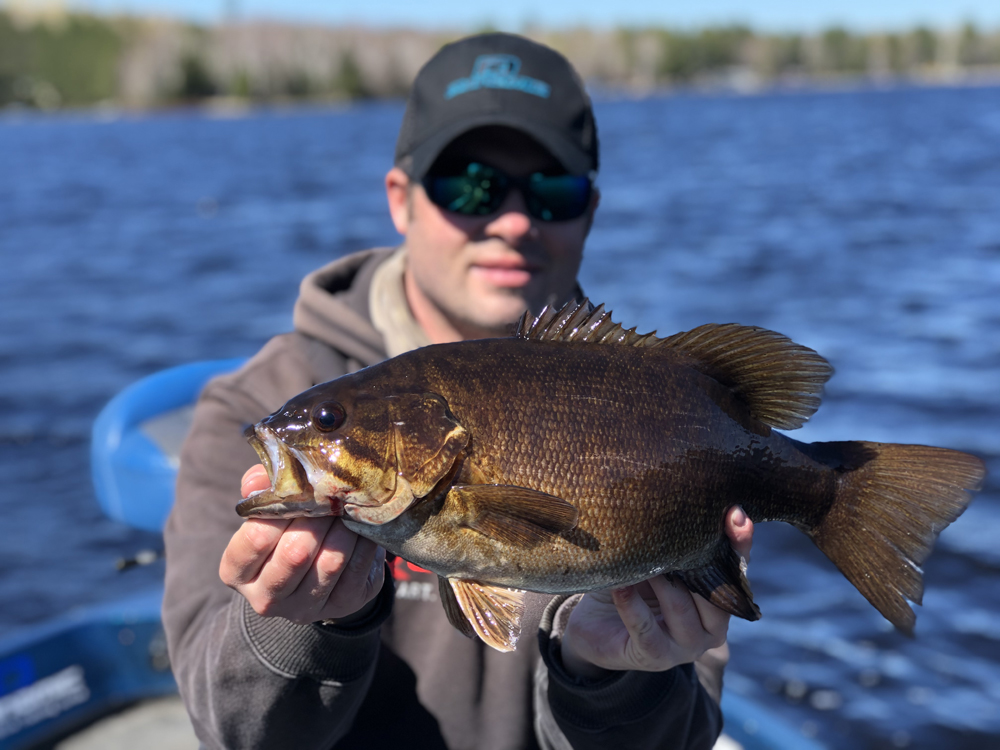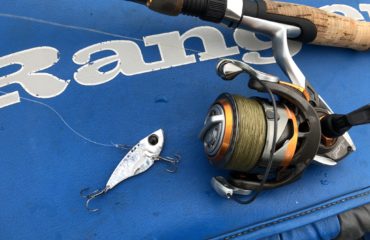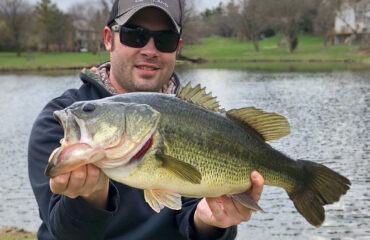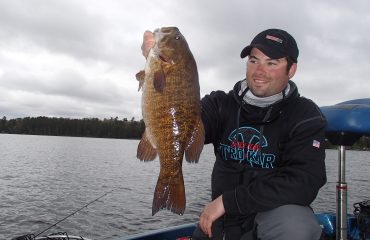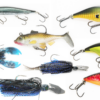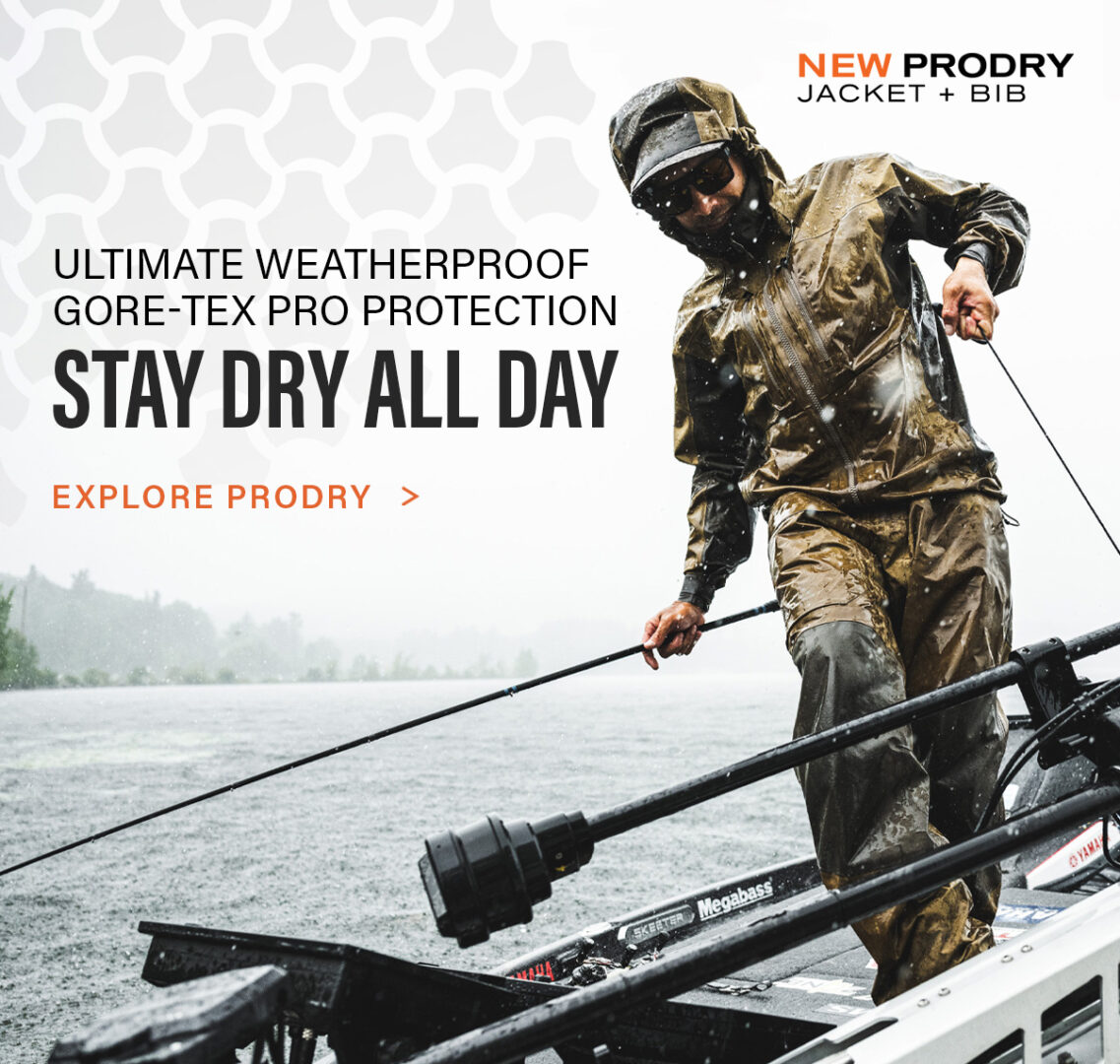Rivers and Flowages for Spring Smallmouths
Each spring, I preach fishing waters that warm fastest. To catch potentially the most active fish, and to tap into premier smallmouth fisheries whose populations are further and deeper established into the spawning season, I always fish and guide on the larger river systems and their flowages to begin the season.
Compared to inland lakes, river and flowage water temperatures can be up to 10 degrees warmer. While smallmouth in large lakes could still be wintering and dealing with ice-out conditions, smallmouth from these fisheries are likely to be migrating into staging locations and feeding heavily. Year after year this pattern is my most consistent and reliable for early spring trips.
On flowages, smallmouths track along main river channels and old lake basins to aid in their annual spawning migrations. The same adult fish revisit the same spawning sites each season. Our fishing will gravitate to expansive shoreline and island flats that contain a good amount of scattered rock and boulder. On these locations, Smallmouths often pile up along their deepest edges, and will invade as waters warm further. These locations are further appealing if within sight of the deep channels. Most Wisconsin low-land flowages are sandy and shallow. Hard bottom substrates are very limited. Any rocky shoreline and littoral zone will be a fish magnet, along small coves and shoreline pockets with wood.
On river systems such as the Flambeau, Menominee, and Wisconsin, and each of their flowages, water temperature means everything. 90% of the fish will be concentrated in 10% of the river or less, assuming if water temperatures are colder than 52 degrees. This makes fishing an entire several mile stretch of river unproductive. Therefore it is important to know the locations and placements of large, deep slackwater pools that will serve as their staging sites. Access these pools by boat or wading. By the time they warm into the middle 50’s, smallmouths migrate further and deeper into the system where they will disperse before settling to spawning sites. Likely habitats in these moving-water environments are laydowns, boulders, rock fields, eddies and current breaks, underwater benthic zones (current breaks along bottom) located along river bottoms, creek mouths and inflows, and man-made rip-rap.
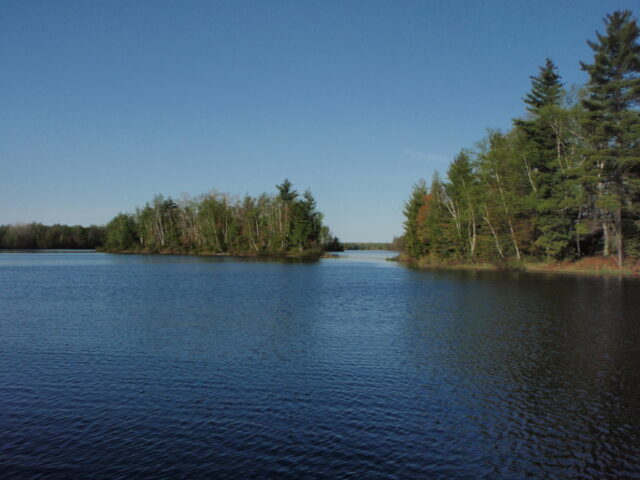
The Highs and Lows of Spring
Rivers are prone to all sorts of rapid changes that include water level, temperature, and clarity. Current is what defines a river and a key to its fishing success, but can be complex to solve.
Smallmouths live luxuriously and well in rivers with a healthy current flow. These systems contain high levels of dissolved oxygen. Rivers seldom overheat either, running cool in summer and warmer in winter. They also warm quickly in spring unlike lakes do.
Fluctuating water levels are a natural part of fishing rivers, and you’ve got to deal with it. While you might hate it for wading or your boat control, smallmouths are perfectly at home in current. They use it to their advantage for feeding and positioning. If there’s no current, such as low water periods or drought, the bite is slow and fishing the river altogether might be worthless. Currents produced by dam discharges and higher water levels drive the smallmouth fishery and all seasonal migrations.
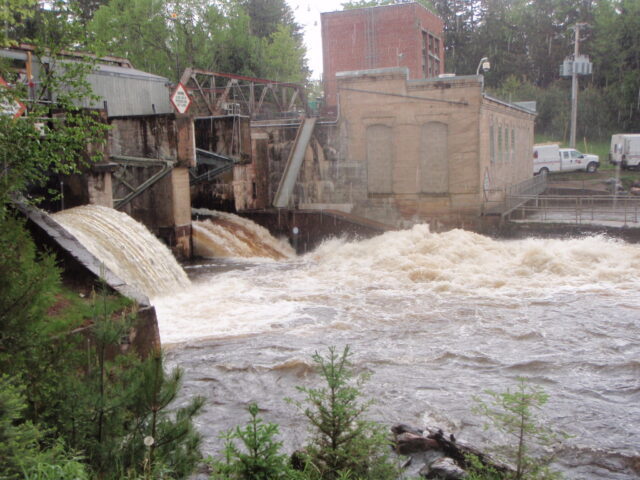
On many river systems throughout Wisconsin, a small percentile of their populations is sedentary year round residents, while a majority is non-resident and nomadic, traveling long distance for overwintering and spawning. Every spring, the same fish return upstream after ice-out, and as dictated by current discharge rates, and optimal water temperature.
River spawning requires ideal water level as nests can be best-protected near shore and in current breaks. High water and flooding will signal to fish and influence their drive upstream into the system, but leads to poorer hatching success and recruitment. Smallmouth bass are creatures of habit. They don’t know any better than what’s been repetitive to their lifetimes.
Identifying a worthy river system is easy, but locating where its trophy population members resides is a difficult chore if unfamiliar with its seasonal patterns and the tendencies of its smallmouth population.
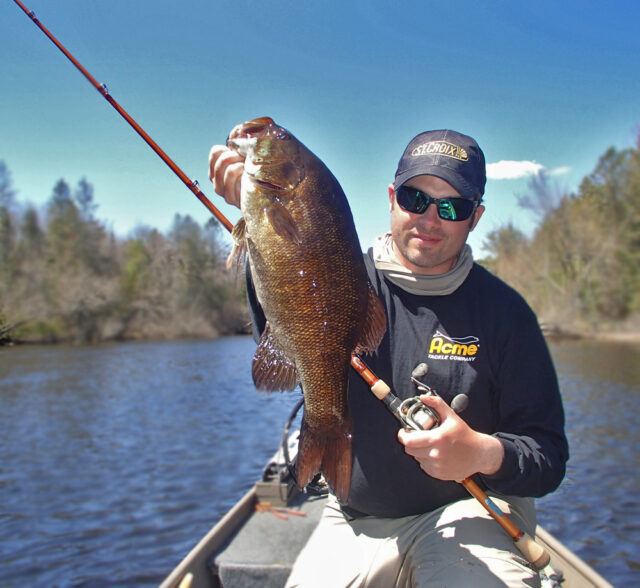
My Spring Strategies
Pre-spawn in April and May is prime time for a mega fish. Water temperatures single-handedly influence upstream river migrations. 51 to 55 degree water temperatures will usually trigger a major bite. During spring floats, majority of the smallmouths will be concentrated in only a few locations, associating to larger pools and staging sites with depths greater than the rest of river. They will predictably hold in these pools until water temperatures climb further towards 60, prompting them to continue migrating upstream to their spawning grounds.
Crankbaits in craw pattern are deadly in these spring schooling and staging situations. Favorites are Rapala DT-4’s and size-5 Crankin Raps, and Bandit 100 Series. Action can be fiery and fast before fish are conditioned. Feeding windows will reappear throughout the afternoon. Suspending jerkbaits can keep the bite going strong.
Once smallmouths resume migration and disperse throughout the system, every current break will become a casting target. River spawning requires ideal water level as nests can be best-protected near shore and in current breaks. The same adult fish we catch return to the same locations every spring. The same nesting sites and leftover nests of the previous year get re-used by smallmouths too.
Suspending jerkbaits and weightless jerk minnows are highly effective on aggressive fish. Bottom baits that includes snag-resistant tube jigs, finesse football jigs, craw worms, and creature plastics are irresistible when fish are nearing spawn and confined to current breaks, eddies, and deep pools with rock bottom. Never float a river without a package of 5 inch Chompers Hula Grubs, and twin tails.
Skirted Jigs
Rivers and flowages warm rapidly, have shallower depths, are generally nutrient-rich dark water environments, and are proliferated with inflows and outlets that continuously inject warmer water into the system. Their currents coupled with dark water clarity warm surface temperatures at a rapid rate. Quite often, the smallmouth’s biologic calendar on these waters is a few weeks ahead of schedule compared with most other lake types and waters in the region. This makes rivers and flowages unique in regards to targeting fish that are well advanced in spring patterns and more active and aggressive than anywhere else. By the time smallmouths begin spawning at these fisheries, turn your attention to deep, colder waters where the pre-spawn bite is only beginning to develop.
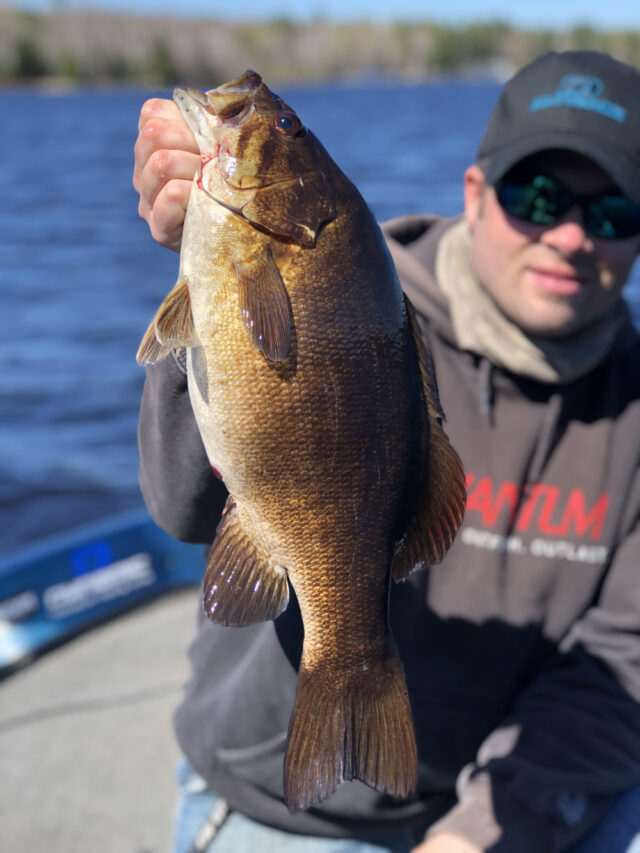
Andrew Ragas splits time between the Chicago area and Wisconsin’s Northwoods. Based in Minocqua, WI, he specializes in trophy bass fishing and offers guided trips from May thru October. While big bass is the passion, he dabbles in multi-species as well. He may be visited online at www.northwoodsbass.com


